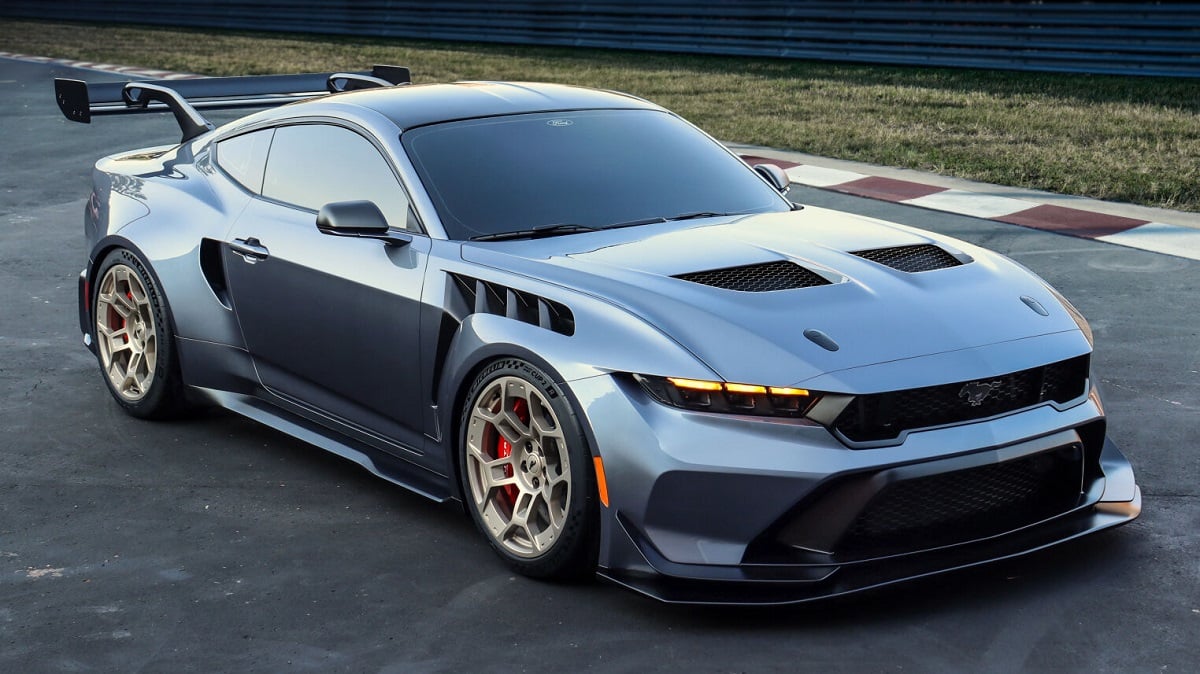Highway Driving Assist is a Level 2 advanced driving assistance system (ADAS) designed for limited-access highways. It combines adaptive cruise control with stop-and-go capability, leading vehicle distance maintenance technology, a lane-centering assistance system, GPS data, and route information from the navigation system to reduce driver stress and fatigue. Highway Driving Assist is available in Genesis, Hyundai, and Kia vehicles.

In the 2021 Genesis G80 and GV80, a next-generation version of the system is called Highway Driving Assist II. It adds a lane-change assistance function and a machine learning capability to better match the adaptive cruise control system’s behavior to your driving style.
How Does Highway Driving Assist Work?
Highway Driving Assist uses a forward-facing radar unit and camera, GPS technology, and the navigation system’s map database to provide Level 2 driving assistance on divided, restricted-access highways, such as Interstates. Unless the vehicle is traveling on an approved road, Highway Driving Assist will not work. It is available only at speeds under 95 mph.
The radar unit informs adaptive cruise control operation, maintaining a safe following distance to traffic ahead. For automatic speed governing, drivers can choose to set the adaptive cruise control for the posted speed limit. Alternatively, you can set a lower or higher speed and adjust the velocity manually.
After the driver sets the speed, the adaptive cruise control automatically adjusts the vehicle’s following distance to shrink or expand the gap between it and traffic ahead.
If another vehicle cuts into the gap, the adaptive cruise control automatically slows the Genesis, Hyundai, or Kia down to re-establish a safe following distance. If the vehicle ahead changes lanes or exits the road, Highway Drive Assist will automatically accelerate back up to the posted speed limit or a different pre-set speed.
Highway Drive Assist can also automatically reduce the vehicle’s speed if the posted limit changes and slow the vehicle down to more safely navigate freeway transition ramps or curves in the highway.
To keep a Genesis, Hyundai, or Kia centered in its intended lane of travel, a camera identifies the road’s lane markings, and the steering automatically makes minor corrections to keep the vehicle as close to the center of the lane as is possible. The driver must separately activate this technology using a button on the steering wheel or dashboard, or a menu within the infotainment system.
With Highway Drive Assist II, steering assistance can also support a lane change as long as the driver signals that intention. This next-generation version of the technology also includes machine learning capability that attempts to match adaptive cruise control operation with the driver’s typical habits.
Drivers can tell when Highway Driving Assist is working by reviewing icons in the instrument cluster or the head-up display. If the “HDA,” steering wheel, and lane-keeping assistance icons are green, the system is operational.
Highway Driving Assist is not a Level 2+ hands-free technology, like General Motors Super Cruise or Ford Active Drive Assist. You must keep your hands on the steering wheel at all times, and if you don’t, after three attempts to request that you retake control of the vehicle, Highway Driving Assist will automatically turn itself off.
Also, Highway Driving Assist does not work in certain driving conditions, such as heavy rain or snow.
Highway Driving Assist Review
We’ve experienced Highway Driving Assist in several Hyundai Motor Group (HMG) vehicles, including the 2021 Hyundai Palisade and 2021 Kia Telluride.
Compared to many Level 2 ADAS from other automakers, Highway Driving Assist is remarkably smooth and refined in operation. You can use it for hours at a time mainly because the technology accurately responds to changing traffic conditions and the lane-keeping assistance steering assistance inputs are subtle.
In turn, the driver doesn’t feel a need to carefully monitor and regularly override the technology, which is fatiguing, irritating, and leads to ADAS disengagement. Instead, Highway Driving Assist engenders a sense of trust in the driver, leading to more relaxed travel. Stress reduction is the point of Level 2 ADAS, and Highway Driving Assist delivers.
However, drivers must remain alert and aware at all times, ready to take full control when necessary. You can remove your hands from the steering wheel for a more extended period than many such systems allow, but this is not advisable. To discourage this, Highway Driving Assist will issue three different kinds of warnings to the driver to retake control of the steering. If he or she fails to do so, the system will de-activate.
HMG can improve Highway Driving Assist by adding an automatic emergency stop assistance function. There might be situations in which a driver cannot retake control, such as deep sleep or a medical emergency of some kind. If the driver does not respond to warnings to retake control, Highway Drive Assist should slow and stop the vehicle, activate the hazard flashers, and place an emergency call to summon help.
BMW and Mercedes-Benz offer good examples of automatic emergency stop assistance.
Summary
Highway Driving Assist is a good building block upon which Genesis, Hyundai, and Kia can expand their semi-autonomous driving systems, eventually offering true Level 2+ and Level 3 capabilities. You can learn more about modern vehicle technologies in the Shopping Guides section of JDPower.com.





